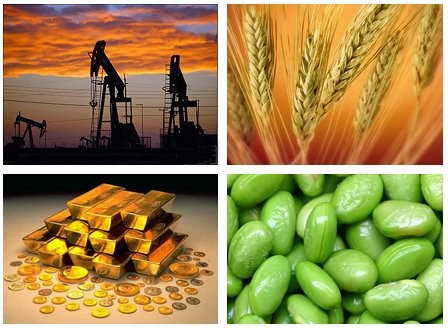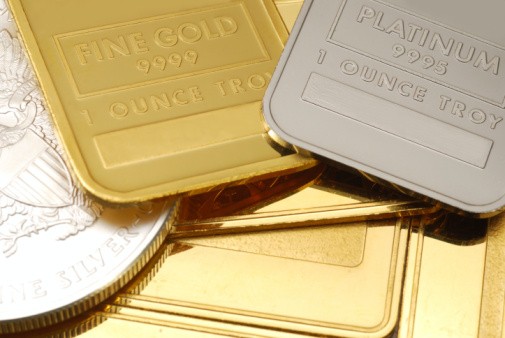How to Invest in Commodities with Commodity ETFs
Post on: 18 Июнь, 2015 No Comment

Invest in Commodity ETFs to Diversify, Hedge, and Gain Exposure to Commodities
You can opt-out at any time.
Please refer to our privacy policy for contact information.
Oil, gold, energy, and the famous orange crops from the movie Trading Places. These are all included in a type of investment known as commodities. Investing in commodities in your portfolio can not only create exposure to different investment products, but it can also help reduce risk, hedge inflation, and diversify your overall investing strategy.
However, unless you’re planning to open your own micro-brewery, loading the back of your truck with bags of wheat, barley, and hops is the wrong way to buy commodities. There is an alternative to investing in commodities without becoming the neighborhood underground tavern.
What are Commodity ETFs?
Enter commodity ETFs — a simple way to expose your investment strategy to the price and performance of any commodity, without actually owning the commodity itself. Commodity ETFs consist of either company stocks that are involved with the commodity or they consist of futures and derivative contracts in order to track the price of the underlying commodity, or in some cases indexes.
For example, one of the more popular commodity ETFs is GSG — the iShares S&P GSCI Commodity-Indexed Trust ETF. In the case of this particular fund, you do not actually own any commodities; the ETF consists of futures contracts for different commodities like livestock, industrial metals and agriculture assets. So you have exposure to various commodities, but you don’t have cattle grazing in your back yard.
Are There a Lot of Different Types of Commodity ETFs?
Yes. There are broad-based commodity ETFs that track multiple types of commodities in one fund, like the above-mentioned GSG. There are funds that track one particular commodity like oil ETFs, gold ETFs, and energy ETFs. There are even sub-sector ETFs like solar energy ETFs that just track this particular type of energy .
Why Should I Buy a Commodity ETF?
One advantage of commodity ETFs is the simplicity of the trades. If you want to invest in a commodity, you would have to make individual purchases of commodity futures or invest in commodity-related companies. Then there is the decision of which futures or companies to choose. And even if you decide to invest in a commodity index, there is still the challenge of purchasing all the equities in the index basket in order to target a certain price. Commissions and complexities make it hard to achieve your investing goals.
But in the case of a commodity ETF you make one trade at one price and save on commissions. The commodity ETF is already bundled ahead of time. With one trade, you have instant exposure to the price and performance of a particular commodity.
What are the Advantages of Commodity ETFs?
When you include commodity ETFs in your portfolio, the best attraction are the benefits they create for investors. Capital gains taxes aren’t incurred until the sale of the ETF, which give ETFs a tax advantage over other investment products such as mutual funds .
There is also the advantage of having a simpler trade and lower commissions and management fees among the many other benefits of ETFs. Not that there aren’t some disadvantages when trading ETFs. but if you understand how they work, commodity ETFs could be a great asset for your portfolio.
What are Some Strategies for Trading Commodity ETF?

How Do I Invest in Commodity ETFs?
Before you trade any commodity ETFs, make sure to conduct plenty of research first. Track the performance of the price of different commodities (like coal ) and watch how some of the major commodity ETFs [like KOL. which tracks coal) react to different market conditions. There is a lot of criticism that commodity ETFs consisting of futures contracts have a lot of difficulty tracking volatile commodities. However, once you do have a good understanding of how commodities and commodity ETFs interact, you can get started by including commodity ETFs and ETNs in your investing arsenal.
And if you want to see all the commodity funds in action, check out my Full List of Commodity ETFs .














